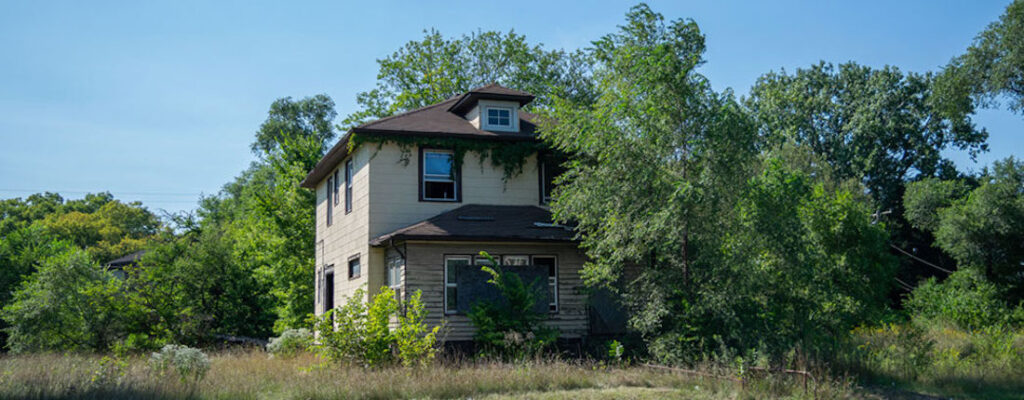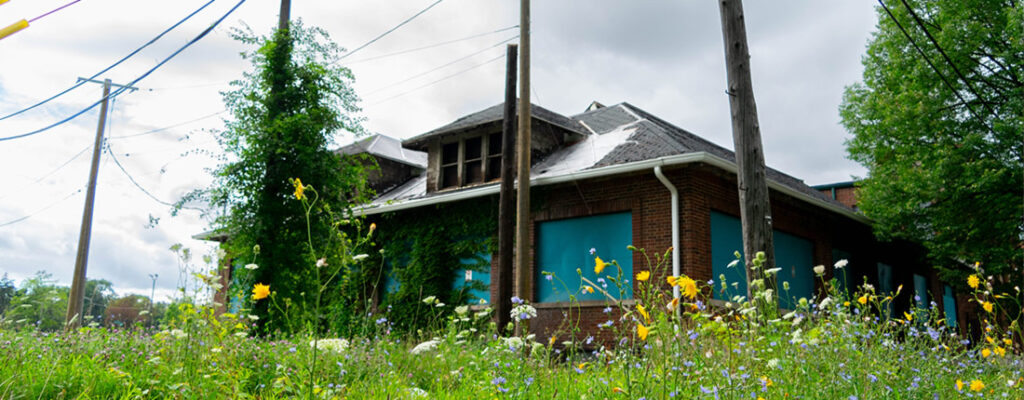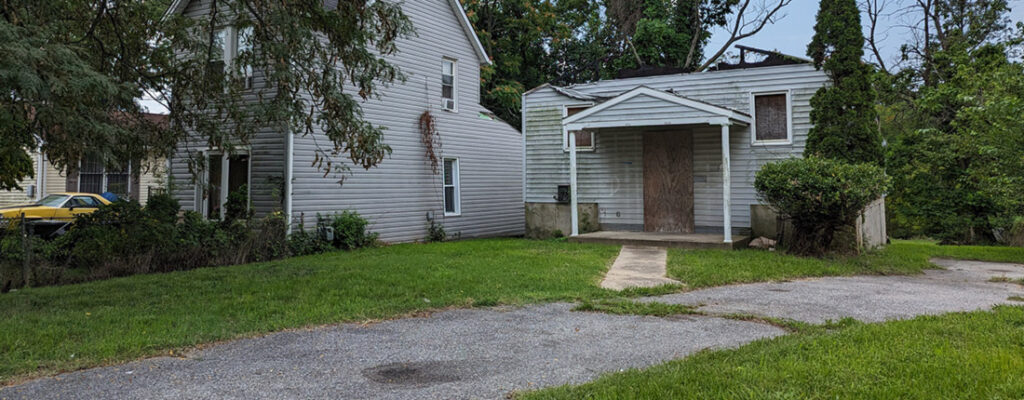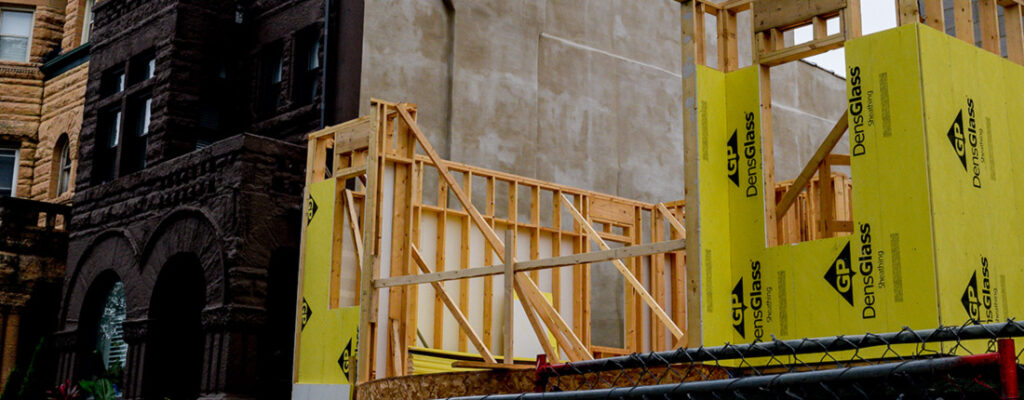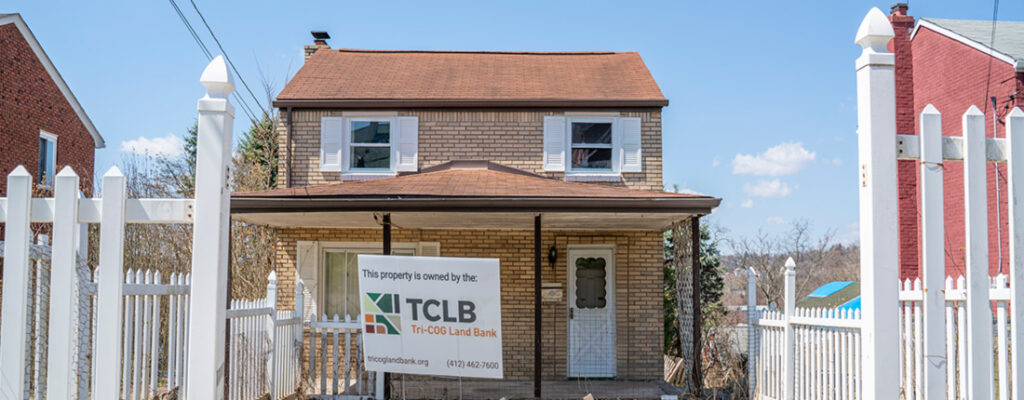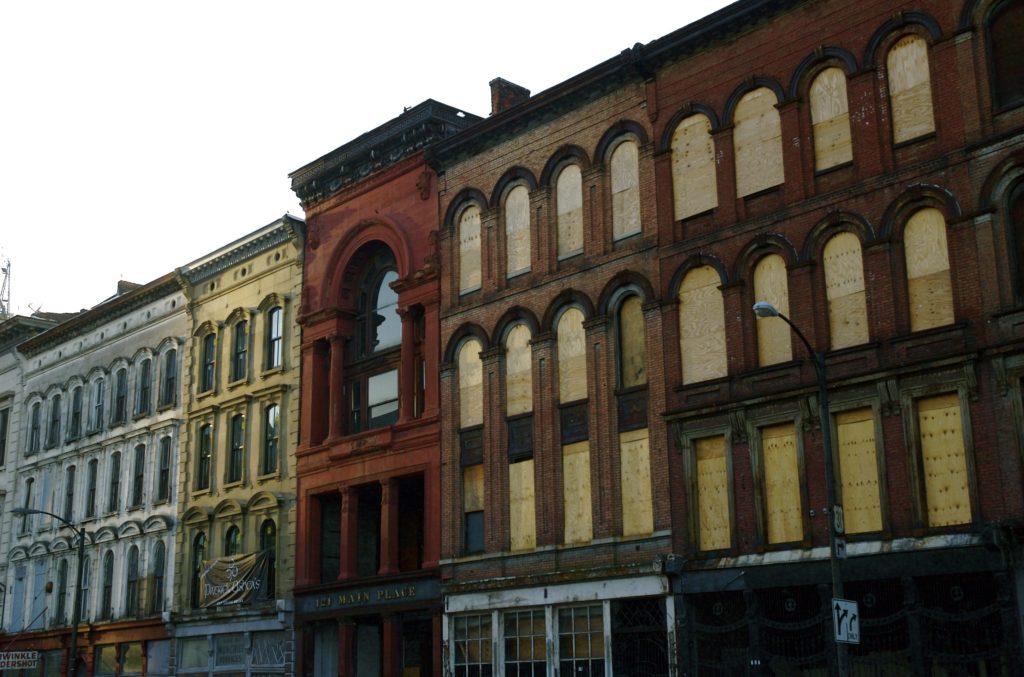Blog
Equitable Revitalization
This is an excerpt of Chapter 11 of Tackling Vacancy and Abandonment: Strategies and Impacts After the Great Recession, jointly produced by the Center for Community Progress, the Federal Reserve Bank of Atlanta, and the Federal Reserve Bank of Cleveland. It has been lightly edited and condensed for the web….
Read More »This is an excerpt of Chapter 10 of Tackling Vacancy and Abandonment: Strategies and Impacts After the Great Recession, jointly produced by the Center for Community Progress, the Federal Reserve Bank of Atlanta, and the Federal Reserve Bank of Cleveland. It has been lightly edited and condensed for the web….
Read More »This is an excerpt of Chapter 9 of Tackling Vacancy and Abandonment: Strategies and Impacts After the Great Recession, jointly produced by the Center for Community Progress, the Federal Reserve Bank of Atlanta, and the Federal Reserve Bank of Cleveland. It has been lightly edited and condensed for the web….
Read More »On July 13, Community Progress CEO and President Dr. Akilah Watkins spoke before the The US House of Representatives Ways & Means Committee in a hearing called “Nowhere to Live: Profits, Disinvestment, and The American Housing Crisis.” The hearing discussed factors driving up housing costs, the effects of these costs on low-…
Read More »On June 15, more than 900 people joined us for the 2022 VAD Academy—a day-long virtual bootcamp for professionals and community partners whose work and communities are impacted by vacant, abandoned, and deteriorated (VAD) property challenges. Throughout the day, experts from Community Progress led trainings on the causes of systemic…
Read More »This is an excerpt of Chapter 6 of Tackling Vacancy and Abandonment: Strategies and Impacts After the Great Recession, jointly produced by the Center for Community Progress, the Federal Reserve Bank of Atlanta, and the Federal Reserve Bank of Cleveland. It has been lightly edited and condensed for the web. In…
Read More »This is an excerpt of Chapter 5 of Tackling Vacancy and Abandonment: Strategies and Impacts After the Great Recession, jointly produced by the Center for Community Progress, the Federal Reserve Bank of Atlanta, and the Federal Reserve Bank of Cleveland. It has been lightly edited and condensed for the web….
Read More »This is an excerpt of Chapter 2 of Tackling Vacancy and Abandonment: Strategies and Impacts After the Great Recession, jointly produced by the Center for Community Progress, the Federal Reserve Bank of Atlanta, and the Federal Reserve Bank of Cleveland. It has been lightly edited and condensed for the web….
Read More »This is an excerpt of Chapter 1 of Tackling Vacancy and Abandonment: Strategies and Impacts After the Great Recession, jointly produced by the Center for Community Progress, the Federal Reserve Bank of Atlanta, and the Federal Reserve Bank of Cleveland. It has been lightly edited and condensed for the web….
Read More »States, Tribes, counties, and municipalities around the country have been hard at work determining how to use their allocations from the American Rescue Plan Act’s $350 billion State and Local Fiscal Recovery Fund – which we often clumsily abbreviate as the ARPA SLFRF. Every unit of government should have already received at least the first…
Read More »

